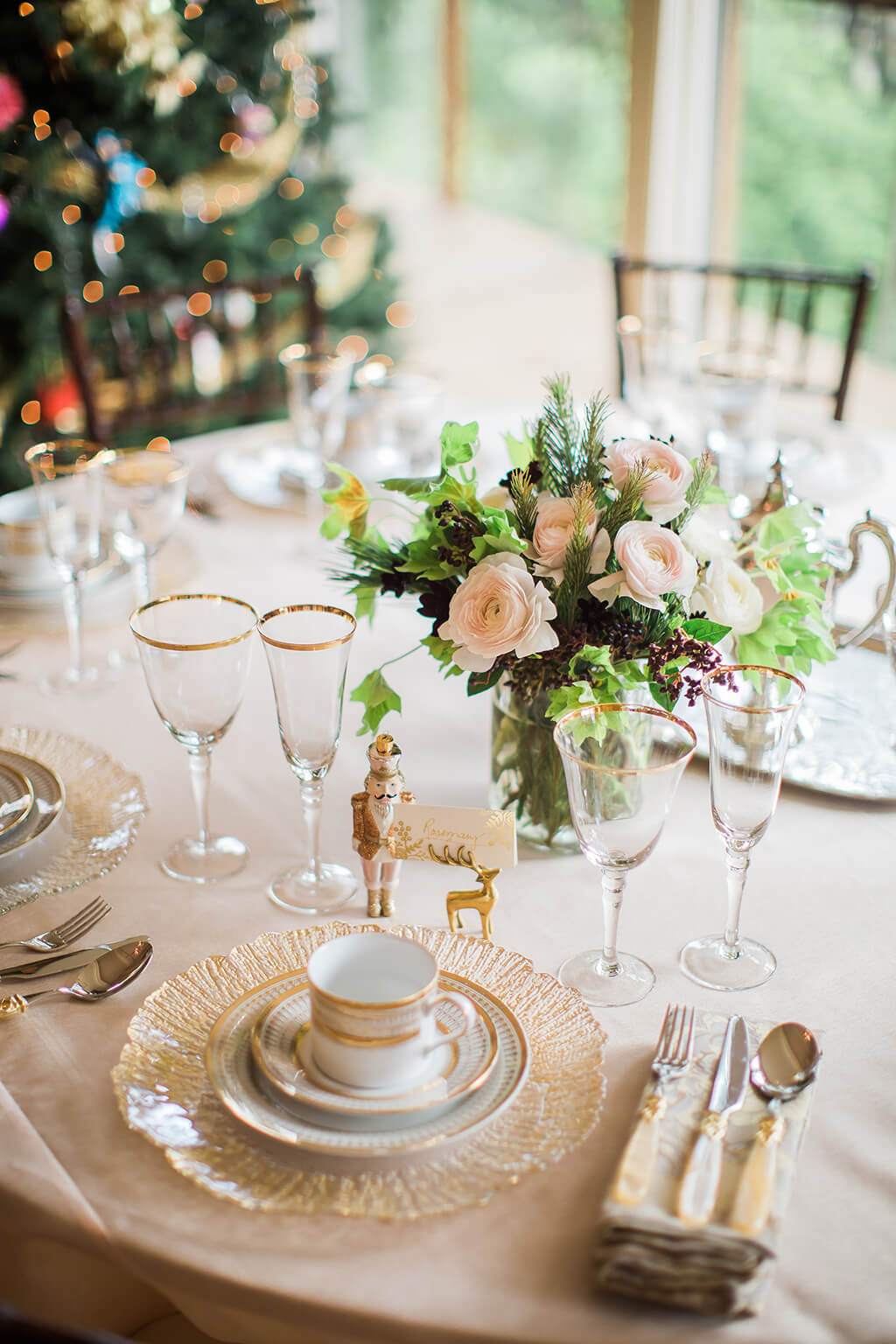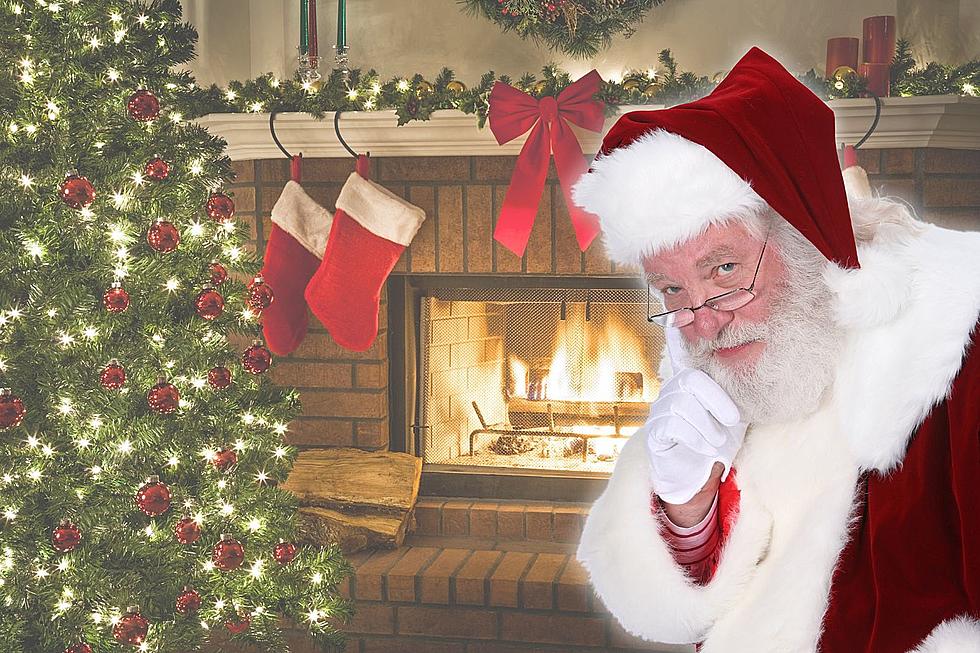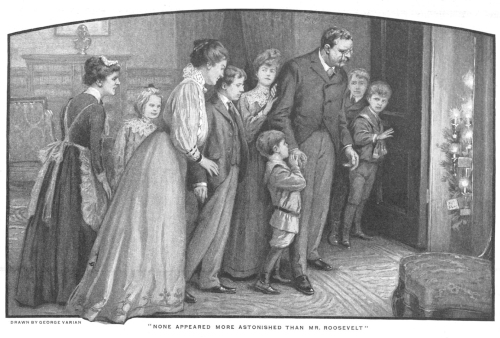President Theodore Roosevelt banned Christmas trees in the White House during his presidency due to environmental considerations. During the presidency of Theodore Roosevelt, an avowed conservationist, an unusual rule was implemented in the White House – the banning of Christmas trees.
This unexpected decision was influenced by Roosevelt’s concern for the environment. While many anticipated festive decorations during the holiday season, the president had a different perspective. We will explore the reasons behind President Theodore Roosevelt’s Christmas tree ban and the surprising actions that took place within the White House during this time.
Although the prohibition may seem peculiar, it showcases Roosevelt’s commitment to environmental conservation and his dedication to upholding his principles even during the holiday season. Let’s delve into this intriguing aspect of American presidential history and discover the stories that unfolded during these unique White House Christmases.

Credit: punchmagazine.com
The Surprising Ban
During his presidency, President Theodore Roosevelt gained a reputation as an avowed conservationist, dedicated to preserving the natural beauty of our nation. He was passionate about protecting wildlife and establishing national parks to safeguard the environment for future generations. However, what many do not know is that President Roosevelt took his environmental concerns to an unexpected level by banning Christmas trees from the White House.
President Theodore Roosevelt And His Environmental Concerns
President Theodore Roosevelt prioritized environmental conservation during his time in office. His policies aimed to protect wildlife and preserve natural resources for future generations. As a strong advocate for environmental stewardship, he made significant efforts to raise awareness about the importance of preserving our nation’s unique landscapes.
The Unexpected Surprise From His Children
Despite President Roosevelt’s ban on Christmas trees in the White House, his children found a way to sneak one into their home. It was a heartwarming surprise that showcased the joy and spirit of the holiday season. The president’s children brought a hidden Christmas tree into the White House, thus defying their father’s ban and spreading holiday cheer throughout the historic residence.
Christmas Trees In The White House History
Throughout the history of the White House, Christmas trees have played a significant role in decorating the iconic residence. The tradition of having a Christmas tree in the White House dates back to the early 19th century and has continued to be a cherished custom ever since. While most presidents have embraced and celebrated this festive tradition, there have been a few exceptions. Let’s explore the stories behind some of the notable presidents and their involvement with Christmas trees at the White House.
Presidents Grant And Cleveland
Presidents Grant and Cleveland both had Christmas trees in the White House, but interestingly, their reasons for having them differed. President Grant, who served as the 18th President of the United States from 1869 to 1877, allowed a Christmas tree to be displayed in the White House due to the presence of his young children. It became a joyful symbol for the Grant family, bringing Christmas cheer to the presidential residence.
President Cleveland, on the other hand, was known for being a bachelor during his first term in office from 1885 to 1889. However, he married Frances Folsom during his presidency and had three children. As a result, the tradition of having a Christmas tree continued in the White House during his time as president.
The First President To Have A Christmas Tree
The first president to have a Christmas tree in the White House was President Benjamin Harrison, who served as the 23rd President of the United States from 1889 to 1893. It was during his presidency that the tradition became firmly established. President Harrison and his family decorated the tree, and the sight of a beautifully adorned Christmas tree in the White House captured the imaginations of the American people.
Did Franklin Pierce Have A Christmas Tree?
There is a common misconception that President Franklin Pierce, who served as the 14th President of the United States from 1853 to 1857, banned Christmas trees from the White House during his tenure. However, there is no evidence to support this claim. In fact, President Pierce’s wife, Jane Pierce, was known to have decorated a tree in the White House in 1856, making it unlikely that Christmas trees were banned during his presidency. It is important to distinguish fact from fiction when it comes to the history of Christmas trees in the White House.
In conclusion, the tradition of Christmas trees in the White House has been a beloved tradition that has spanned presidents and decades. While some presidents, like Grant and Cleveland, embraced the joyous festivities by allowing Christmas trees in the White House, others, like Benjamin Harrison, established the tradition for generations to come. Regardless of the occasional exceptions, Christmas trees have remained an enduring symbol of holiday cheer in the heart of the nation’s capital.
The Reason Behind The Ban
President Theodore Roosevelt, known for his conservationist beliefs, made the surprising decision to ban Christmas trees in the White House during his presidency. This unexpected prohibition stemmed from his strong commitment to environmental considerations. While many may find this ban rather puzzling, it was a reflection of Roosevelt’s dedication to preserving the nation’s natural resources for future generations.
Roosevelt And His Conservationist Beliefs
Roosevelt was a renowned advocate for environmental conservation. As the president, he was committed to protecting the country’s natural heritage and promoting sustainable practices. His presidency was marked by significant efforts to establish national parks, preserve wildlife, and regulate hunting and logging activities. Roosevelt firmly believed that by conserving nature, we could maintain a thriving and prosperous nation.
Environmental Considerations
When it came to the ban on Christmas trees, Roosevelt’s environmental concerns took center stage. He recognized that cutting down trees for decorative purposes could contribute to deforestation and harm natural ecosystems. Roosevelt understood the ecological value of trees in providing oxygen, filtering air pollutants, and preserving the biodiversity of forests. By banning Christmas trees, he aimed to set an example and promote responsible environmental stewardship.
Roosevelt’s decision to ban Christmas trees in the White House may have seemed drastic to some, but it was an embodiment of his commitment to conservation and sustainable practices. His children, however, had other plans. They surprised the president by secretly bringing a Christmas tree into the White House, reminding him of the joy and tradition associated with this festive symbol. This unexpected act highlights the timeless appeal and significance of Christmas trees, even in the eyes of a conservationist like Theodore Roosevelt.

Credit: newrepublic.com
Controversy And Criticism
During his presidency, President Theodore Roosevelt banned Christmas trees from the White House due to his environmental conservation beliefs. However, his children surprised him by hiding a tree, bringing Christmas cheer to the presidential home.
Public Reaction To The Ban
The ban on Christmas trees in the White House by President Theodore Roosevelt stirred up a wave of public reaction. Many citizens were taken aback by this decision, as the presence of a beautifully adorned Christmas tree had become a beloved symbol of the holiday season. Families across the nation were shocked and disappointed to hear that the White House would no longer be showcasing this cherished tradition.Opinions On Roosevelt’s Decision
Opinions on President Roosevelt’s decision to ban Christmas trees in the White House were divided. Some people supported his stance on conservation and saw it as a responsible move to protect the environment. They believed that cutting down trees for temporary decoration was wasteful and went against the principles of sustainability. On the other hand, there were those who strongly criticized the ban, viewing it as an attack on a cherished tradition and an infringement on personal freedoms. They argued that the Christmas tree had long been a symbol of joy, unity, and celebration during the holiday season, and its absence in the White House was seen as a disconnect from the American people.🎄 Some key points to note about the controversy and criticism surrounding President Roosevelt’s ban on Christmas trees: 🌟 Public reaction to the ban was mixed, with some supporting the decision for conservation reasons, while others were disappointed and upset. 🌟 Many families across the nation were shocked and saddened to hear that the White House would no longer display a Christmas tree. 🌟 Supporters believed the ban was a responsible move to protect the environment and promote sustainability. 🌟 Critics argued that the ban infringed on personal freedoms and severed a beloved tradition that represented joy, unity, and celebration during the holiday season. 🌟 The decision sparked a national debate about the role of tradition, conservation, and personal choice. 🌟 Ultimately, the ban on Christmas trees in the White House by President Roosevelt left a lasting impact on the discussion surrounding holiday traditions and environmental responsibility.
The Legacy Of The Ban
President Theodore Roosevelt’s ban on Christmas trees in the White House had a profound impact on future presidents who followed in his footsteps. While some presidents continued the tradition of having Christmas trees, many opted not to due to environmental considerations. Roosevelt’s ban set a precedent that made future presidents more mindful of the ecological impact of such traditions.
The ban imposed by President Roosevelt challenged the longstanding tradition of having Christmas trees in the White House. For decades, Christmas trees had been a symbol of joy and celebration during the holiday season. However, the ban forced the nation to reconsider the ecological implications of cutting down trees for temporary decorations.
Despite the ban, it is important to note that not all presidents adhered to it strictly. Some, like Presidents Grant and Cleveland, continued to have Christmas trees in the White House, but primarily because they had young children. The ban did, however, mark a significant shift in the way Christmas tree tradition was approached in the presidential residence.
Historical Significance Of The Ban
The ban on Christmas trees by President Theodore Roosevelt holds great historical significance. It exemplified his dedication to environmental conservation and sustainable practices, even at the expense of tradition. The ban emphasized the importance of considering the environmental impact of our actions, even in the context of festive celebrations.
Impact On Future Presidents And The Christmas Tree Tradition
The ban had a lasting impact on future presidents and how they viewed the Christmas tree tradition. Many subsequent presidents adopted a more restrained approach, prioritizing ecological responsibility over extravagant decorations. This change in mindset ultimately shaped how Christmas trees were perceived and celebrated in the White House, with an increased focus on sustainability.

Credit: keanradio.com
Frequently Asked Questions For Which President Banned Christmas Trees In The White House
Which President Didn T Want A Christmas Tree In The White House?
President Theodore Roosevelt banned Christmas trees in the White House due to environmental considerations.
What President Lifted The First National Christmas Tree On The Lawn Of The White House?
President Theodore Roosevelt banned Christmas trees in the White House during his presidency.
Who Was The First Us President To Have A Christmas Tree In The White House?
Theodore Roosevelt was the first US president to have a Christmas tree in the White House.
Was Franklin Pierce First President To Have Christmas Tree In White House?
No, Franklin Pierce was not the first president to have a Christmas tree in the White House. It was President Benjamin Harrison.
Did Any President Ban The Use Of Christmas Trees In The White House?
Yes, President Theodore Roosevelt banned Christmas trees due to his conservationist beliefs.
Conclusion
President Theodore Roosevelt, known for his environmental advocacy, famously banned Christmas trees in the White House during his presidency. Despite his aversion to the tradition, his children managed to surprise him with a hidden tree, bringing Christmas cheer to the White House.
This unique stance on Christmas trees serves as a reminder of the president’s commitment to conservation and his dedication to preserving the environment.

